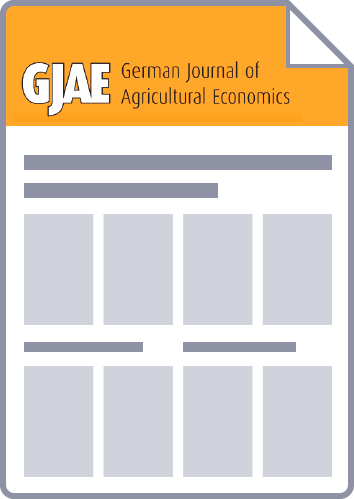Meat consumption has become increasingly relevant within the greater scientific, political, and public debate due to the variety of negative effects that it has on the environment, human health, and animal welfare. In Germany, the statistical basis for “direct consumption” entails uncertainties and is based on parameters dating back to 1987. The following study deals with an updated and revised estimate of the per capita consumption of pork, beef, and poultry in Germany, focusing on the supply-side. Unlike the original approach, the estimate is based on a mass flow analysis. It includes a survey at the slaughterhouse level, adjustments to external trade statistics, and assumptions on loss and waste at five different value chain stages. An average total per capita meat consumption of 65 kg is calculated for the year 2018. Thus, meat consumption has been underestimated by 4 kg per capita based on official statistics by overestimating waste, losses, and non-food uses. Our results provide information regarding per capita and total meat consumption, enable future projections, and give an overview of the use of meat outside the food chain. The approach used is discussed against the background of international comparability and applicability. In this way the study provides important indications for political decision-makers and contributes to more objectivity in the public debate on meat consumption.


